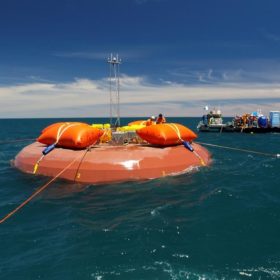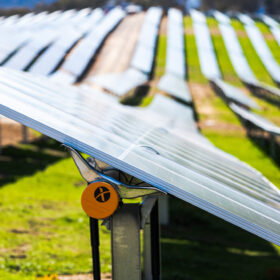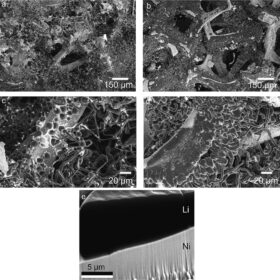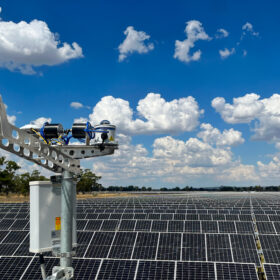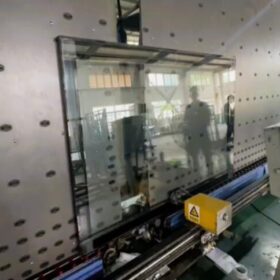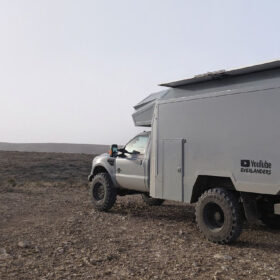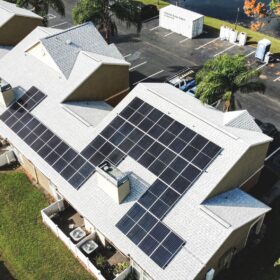WA wave energy company wins $6.3 million contract for Spanish coast
Western Australia-based company Carnegie Clean Energy has won a $6.3 million (USD 4 million) contract to deliver and operate a ~400 kW version of its wave energy converter off the Spanish coast by 2025.
Nextracker unveils three next-gen solar racking products
Australia’s most popular mounting solution brand, US company Nextacker, has released a hail stow-ready rack, a terrain following tracker and an irradiance-tracking yield optimiser.
Anode-less redox flow batteries capable of fast cycling
Researchers in the US have demonstrated that replacing the planar lithium anode in a redox mediated lithium-sulfur redox flow battery with a high surface area scaffold enables 10 times faster cycling, up to 10 mA cm−2, without short circuit or voltage instability.
The case for hard carbon-based sodium-ion batteries
Researchers in China have summarised the technical issues hindering the development of hard carbon, which is regarded as the most promising anode for high-performance, commercial sodium-ion batteries.
‘Scheduled solar’: new forecast, management system ‘cracks’ NT solar impasse
Victorian company Proa says it has found a software-driven solution to the grid connection rules which have crippled solar projects in the Northern Territory. Requiring only a fractional amount of battery storage, the solution “replaces lithium with smarts” and effectively enables solar to be “scheduled,” Managing Director Victor Depoorter tells pv magazine Australia.
Low-cost, ‘graphene-enhanced’ perovskite solar cells to be produced in funded Wagga Wagga project
Two Australian companies working in solar R&D have been awarded over $2 million (USD 1.3 million) for a project seeking to commercialise ultra-low-cost, flexible perovskite solar cell fabrication. The solar cells will be “graphene-enhanced” and are to be produced in Halocell’s Wagga Wagga plant in NSW.
ClearVue next-gen ‘solar window’ powers through mass production run
Western Australian solar window company ClearVue Technologies says it has confirmed the scalability and “commercial viability” of its second-generation integrated glazing units after a mass production run using a standard manufacturing line at a factory in China.
New control technique for microgrid-connected PV systems
An international research group has applied for the first time integral backstepping control (IBC) as a control strategy for PV systems connected to microgrids. Through a series of simulations, the scientists found the new approach can provide better results than classic backstepping control (BC) and other techniques.
Weekend read: 100% solar offgrid, 100% on wheels
Jason and Kara are Canadian overlanders from the “Everlanders” channel on YouTube. Overlanding is self-reliant travel on the road, driving to remote places across international borders. pv magazine caught up with Jason between legs of their latest road trip.
Allume lands $2.3 million to support roll out of Solshare tech in U.S.
Australian solar technology company Allume Energy estimates that its behind-the-meter Solshare platform can help residents in multi-unit buildings save up to 40% on their electricity bills.
